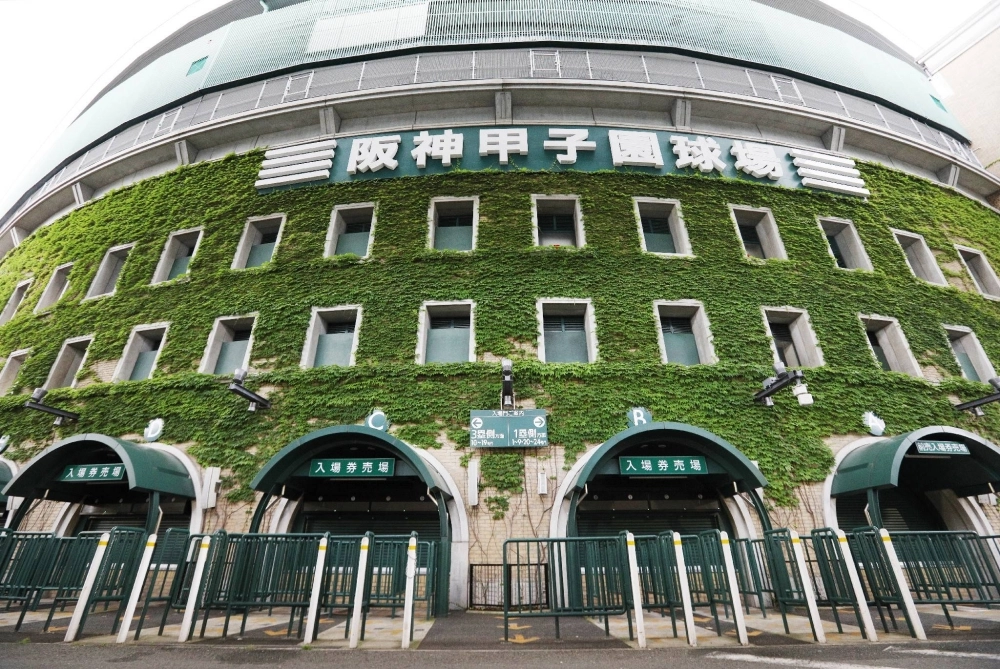If it weren’t the spiritual home of Japanese baseball, there would be little to distinguish the area around Koshien Station from any other suburban locale in the nation.
A large shopping mall, an imposing elevated highway connecting Osaka and Kobe, wide boulevards, and a few ordinary restaurants and bars dot this area of Nishinomiya, Hyogo Prefecture — and for roughly two-thirds of the year, that’s about the extent of the activity permeating the neighborhood.
But when the Hanshin Tigers are playing, or the National High School Baseball Championship is on, the area transforms into a sea of baseball fans from Kansai and beyond, all making a pilgrimage to their holy land: Koshien Stadium.


















With your current subscription plan you can comment on stories. However, before writing your first comment, please create a display name in the Profile section of your subscriber account page.